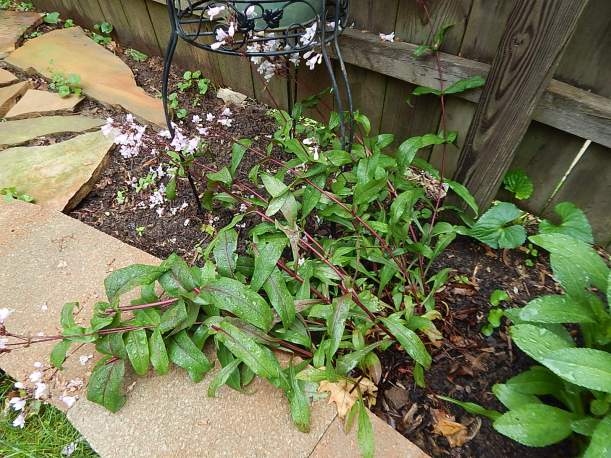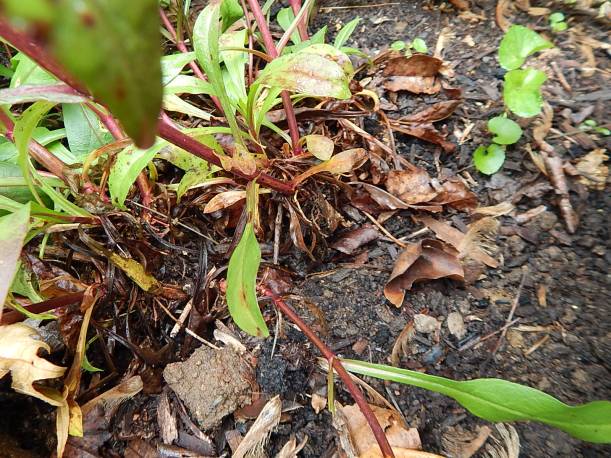Joys and victories are always so much more enjoyable to share and savor. But the losses–painful as they can be–are learning opportunities. My 2016 garden was not without its challenges, some of which I have not resolved. I’ve been on a true learning curve since I began gardening and the lessons aren’t always easy. Below are my “Misses” for 2016.
The Misses!
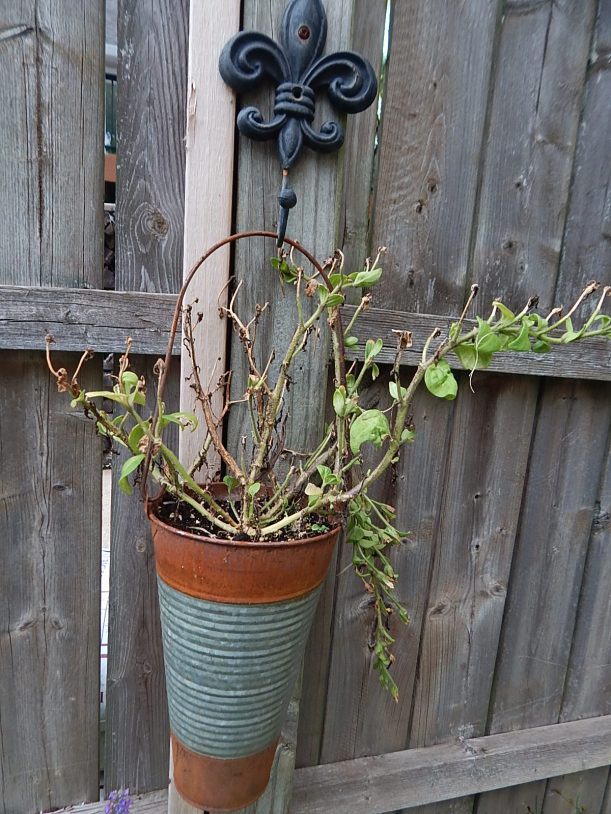 Containers. I knew when I bought this adorable galvanized can planted with playful petunias that those plants were going to fry on my south facing fence in St. Louis’ hot summer. And I was right.
Containers. I knew when I bought this adorable galvanized can planted with playful petunias that those plants were going to fry on my south facing fence in St. Louis’ hot summer. And I was right.
While this lesson only set me back $10, it’s a valuable reminder about trusting my gut. Imagine a $200 tree biting the dust because it’s in the wrong spot. That means leading with your head and not your heart. I can be a sucker for a nursery and its well tended plants and vignettes that say “buy me, buy me, take me home.” I mean, how cute is the container below?
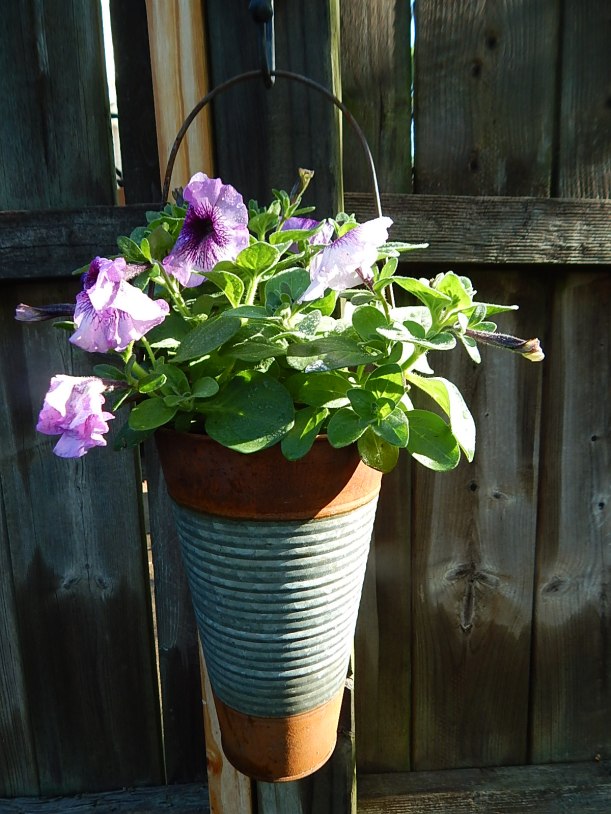
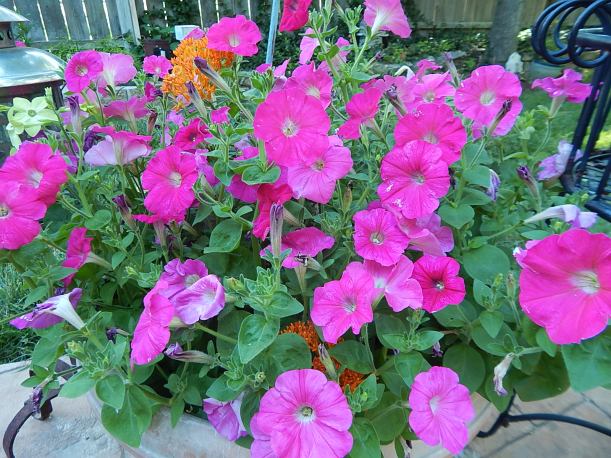 I love petunias for their enduring blooming nature (minus the example I just gave). But I let them get leggy because I don’t take the time to pinch them back. The end result was containers that looked leggy. I had to show this because these are volunteer petunias and volunteer milkweed. They were beautiful in June, not so much in August.
I love petunias for their enduring blooming nature (minus the example I just gave). But I let them get leggy because I don’t take the time to pinch them back. The end result was containers that looked leggy. I had to show this because these are volunteer petunias and volunteer milkweed. They were beautiful in June, not so much in August. Voles. I’d like to declare war but I’m not sure what weapons of mass destruction I would use. My vole problem is affecting multiple garden beds. I called a mole company and they said they did not handle voles but I also hear that the traps really don’t work. I called a yar fertilizer type company and met with the same response as the first call. What works is chemical warfare but that’s not friendly to owls who eat the voles. And as I mentioned in my last post, owls hang out in the neighborhood.
Voles. I’d like to declare war but I’m not sure what weapons of mass destruction I would use. My vole problem is affecting multiple garden beds. I called a mole company and they said they did not handle voles but I also hear that the traps really don’t work. I called a yar fertilizer type company and met with the same response as the first call. What works is chemical warfare but that’s not friendly to owls who eat the voles. And as I mentioned in my last post, owls hang out in the neighborhood.
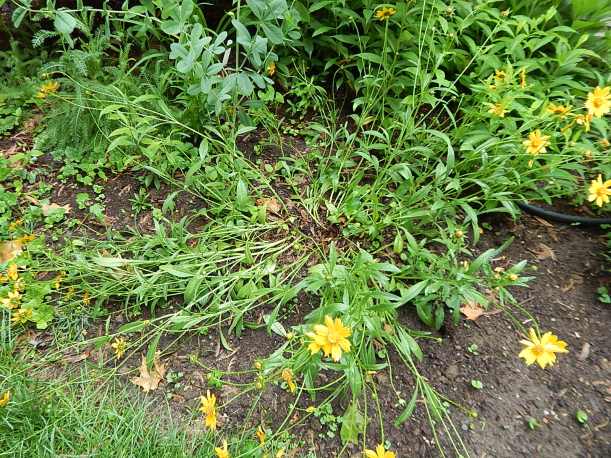 These guys creep me out. I’ve stumbled across two or three of them and all I can say is yuck. I have not located all their tunnels but they seem to be in the front yard, back yard and side yard. But something has to give: I won’t abide by daisies, coreopsis, penstemon, phlox and more falling over and splayed out because their tasty roots are being devoured. Truly a continuing dilemma for 2017.
These guys creep me out. I’ve stumbled across two or three of them and all I can say is yuck. I have not located all their tunnels but they seem to be in the front yard, back yard and side yard. But something has to give: I won’t abide by daisies, coreopsis, penstemon, phlox and more falling over and splayed out because their tasty roots are being devoured. Truly a continuing dilemma for 2017.
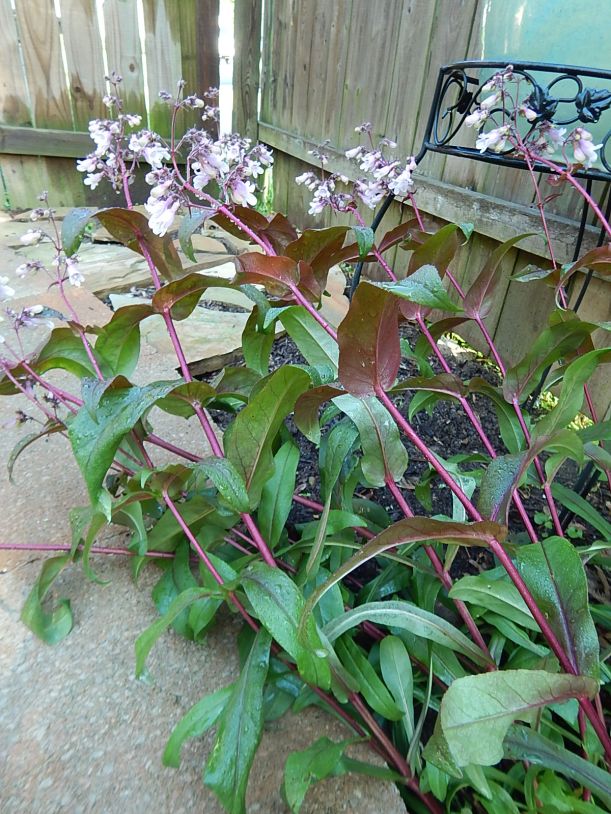
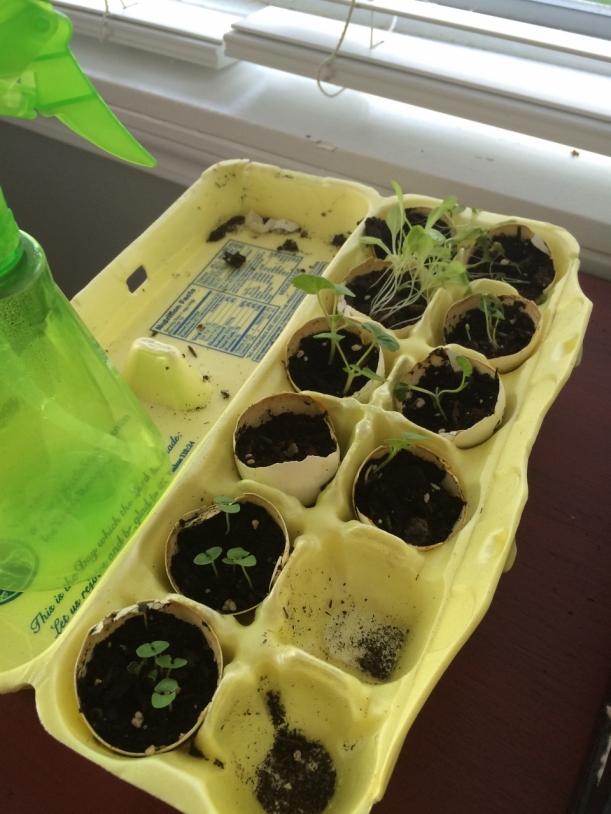 Growing from Seed. I admire those stalwart gardeners who begin their veggies from seed. But as I discovered in 2016, I’m not one of them. I tried it and realized I was in the wrong league. This route comes with no short cuts here (and I love a short cut)–a grow light is essential for success or your plants get leggy. I did manage to coax one very small lettuce head from two cartons of egg shell-filled seeds. That was a salad worth enjoying.
Growing from Seed. I admire those stalwart gardeners who begin their veggies from seed. But as I discovered in 2016, I’m not one of them. I tried it and realized I was in the wrong league. This route comes with no short cuts here (and I love a short cut)–a grow light is essential for success or your plants get leggy. I did manage to coax one very small lettuce head from two cartons of egg shell-filled seeds. That was a salad worth enjoying.
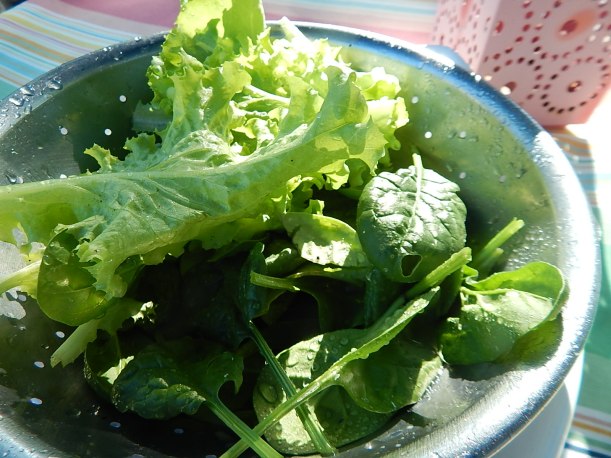 Instead, I will satisfy my fresh garden delight habit with small plants acquired at the nursery. Last year, peppers and spinach plants did well. The only caveat to this story is that I did scatter zinnia seeds with success.
Instead, I will satisfy my fresh garden delight habit with small plants acquired at the nursery. Last year, peppers and spinach plants did well. The only caveat to this story is that I did scatter zinnia seeds with success.
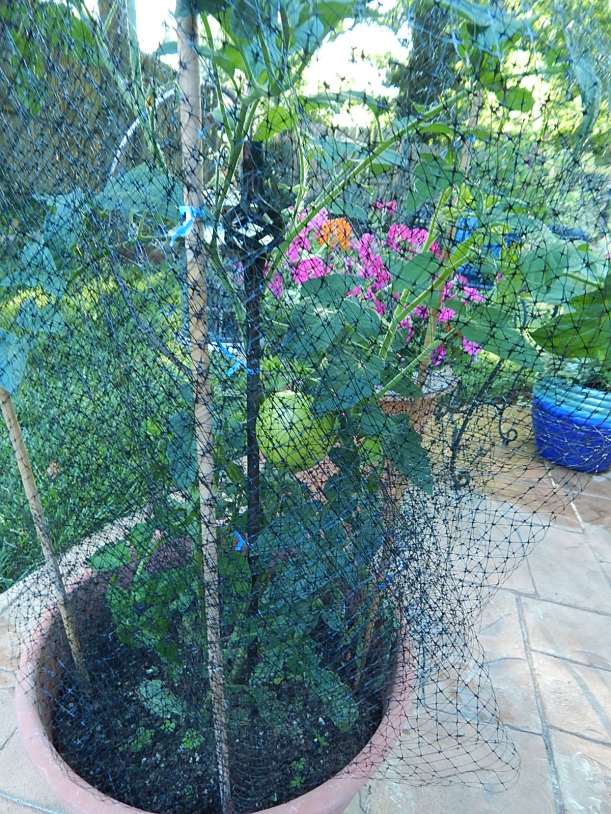 Tomatoes. Have you seen the number of articles, books and web posts out there on growing tomatoes? Who could fail with all these resources? I’m trying. Honestly I am. I like a great tomato as much as the next gal. But I think tomato growing is best left to someone else. I thought I had learned my lessons from 2015; I had that pot secured with netting like Ft. Knox and the @!##**!@ squirrels still invaded and took off with the ripening fruit. And the plant was l-o-a-d-e-d with tomatoes. I got one green tomato. No more. Produce stand here I come.
Tomatoes. Have you seen the number of articles, books and web posts out there on growing tomatoes? Who could fail with all these resources? I’m trying. Honestly I am. I like a great tomato as much as the next gal. But I think tomato growing is best left to someone else. I thought I had learned my lessons from 2015; I had that pot secured with netting like Ft. Knox and the @!##**!@ squirrels still invaded and took off with the ripening fruit. And the plant was l-o-a-d-e-d with tomatoes. I got one green tomato. No more. Produce stand here I come.
Garden Bloggers Fling. I attended my one and only Fling in 2015 but missed the fun in Minneapolis in 2016. This event is for gardeners who blog (what a great fit!) and the 2017 Garden Bloggers Fling will be hosted in the Washington, DC region beginning June 22. It’s a great way to put a face to the bloggers you’ve been reading and connect even further on this great joy we all share.
Happy 2017 everyone!

